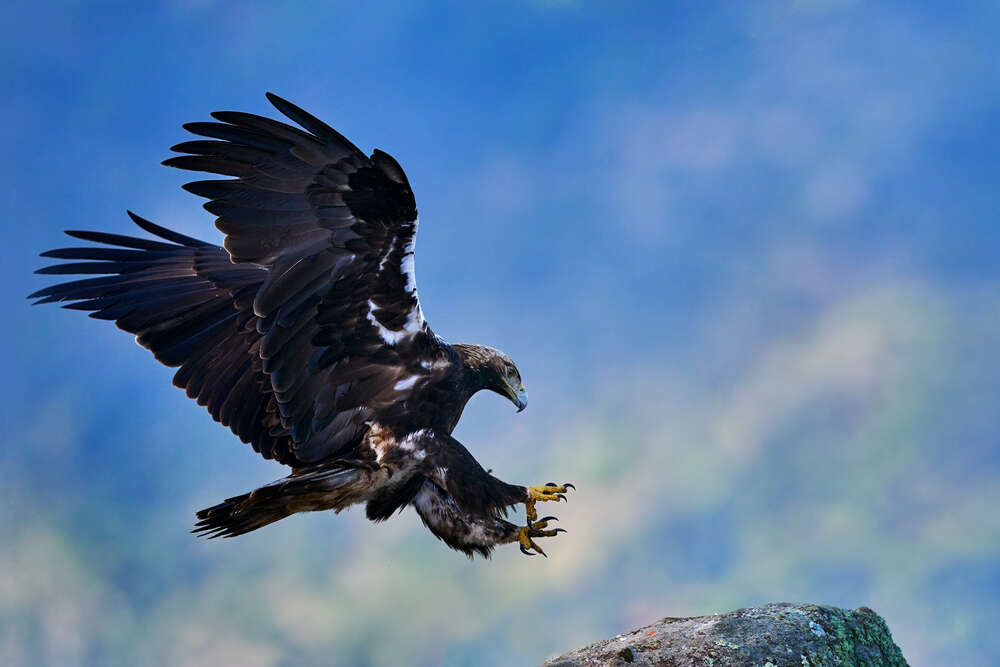
Better known for city breaks and beaches, Spain might not be the first location that springs to mind when one begins to think of the world’s best places to see wildlife, but the country’s multiple mountain ranges and stunning coastline offers an abundance of riches to travelers looking for something a little more, well, wild.
Spain has a rich and varied animal landscape, with a level of diversity few other European countries can compete with. In the mountains, there are wolves, wild cats and, if you’re very lucky, bears to be seen, while the Atlantic to the north and the Mediterranean to the south are home to impressive number of marine species, from whales to dolphins.
We’ve shortlisted some of the best places to see wildlife in Spain, from the elusive wolves of Sierra de la Culebra to the migrating seabirds that visit the Straight of Gibraltar. Get those binoculars packed.
[See also: The Best Places for Whale Watching in Spain]
The Pyrenees
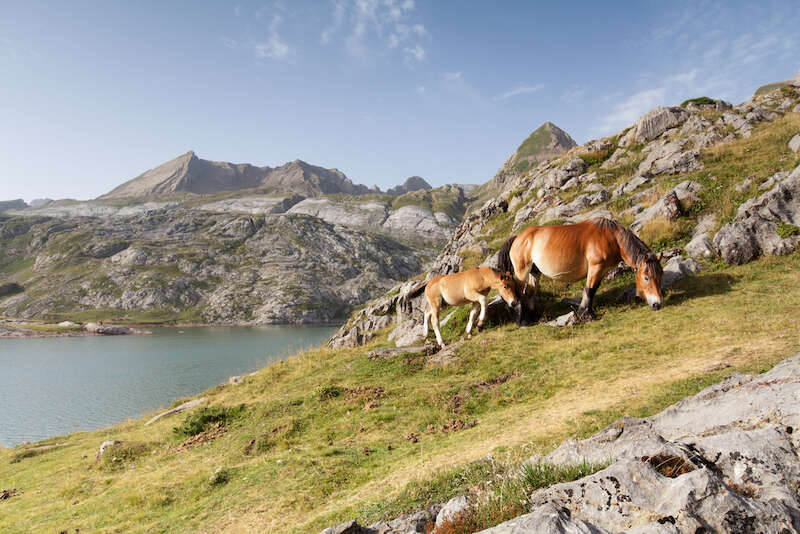
In 1794, English novelist Anne Radcliffe, described the summits of the Pyrenees as “exhibiting tremendous crags of marble, whose appearance was changing every instant, as the varying lights fell upon their surface; others, still higher, displaying only snowy points, while their lower steeps were covered almost invariably with forests of pine, larch, and oak, that stretched down to the vale.”
Since then, little has changed. Wild and craggy in the east, covered with lush woodlands in the west, the Pyrenees mark the Franco-Spanish boarder and are home to nearly a third of Spain’s native brown bear population. While bear sightings may be rare, visitors have the chance to spot the western Spanish Ibex, Pyrenean chamois and red deer that dot the slopes, and the Egyptian vultures and bearded vultures circling overhead.
Transhumance festivals, celebrating the biannual migration of livestock between winter pasture in the valleys and ‘estives’ or summer pasture on the mountain slopes, are popular with locals and visitors alike with visitors welcome to walk or ride locally-bred horses with the shepherds moving the flocks.
Sierra de Andujar Natural Park
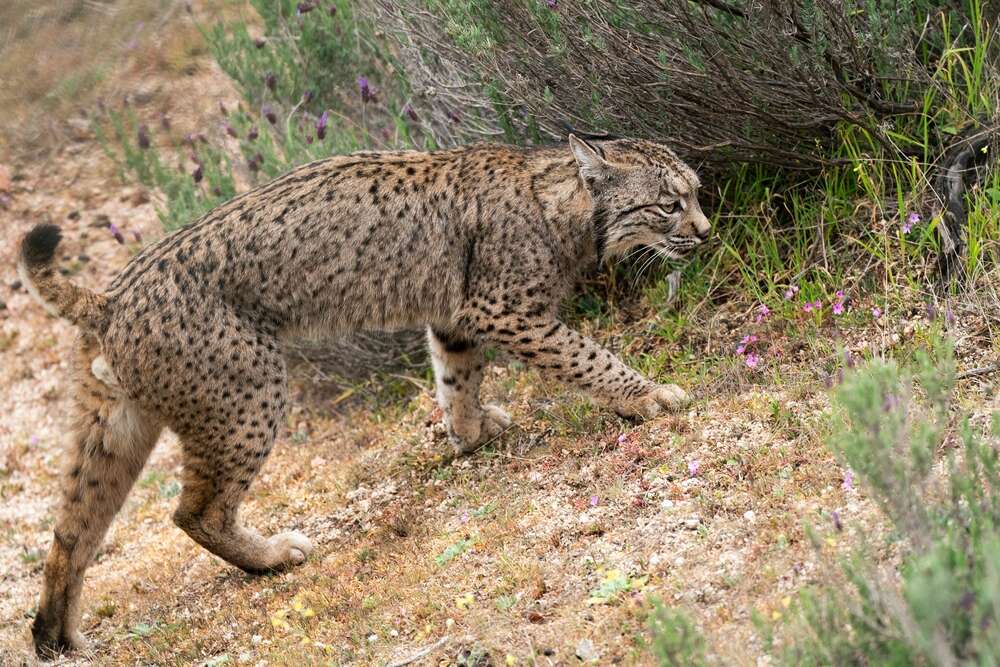
One of Spain’s best-preserved expanses of forest and scrubland, with rocky hills broken by the slowly flowing waters of the Yeguas, the Jandyla and the Rumblar, Sierra de Andujar, located in one of the most remote parts of Andalucía, is a haven for Spanish wildlife.
Between September and October one can hear the spectacular bellowing of red deer, but what is truly special about Sierra de Andujar is the chance to spot the Iberian lynx. The gentle oak forests and scrublands that characterize the region provide the last refuge of one of only two viable populations of the critically endangered lynx.
[See also: The Best Surfing Beaches in Spain]
Alongside the red deer and lynx, the mountains are home to wolves, mongoose, wild cats, otters, black vultures, imperial eagles, golden eagles, eagle owls, mouflon, red deer, fallow deer and wild boar.
A large number of trails exist taking travelers of all abilities through the oak forests, while the Santuario Virgen de la Cabeza, less than 19 miles from Andujar and perched on a granite outcrop, overlooks the natural park and has welcomed pilgrims since its construction in 1287.
Cantabrian Mountains
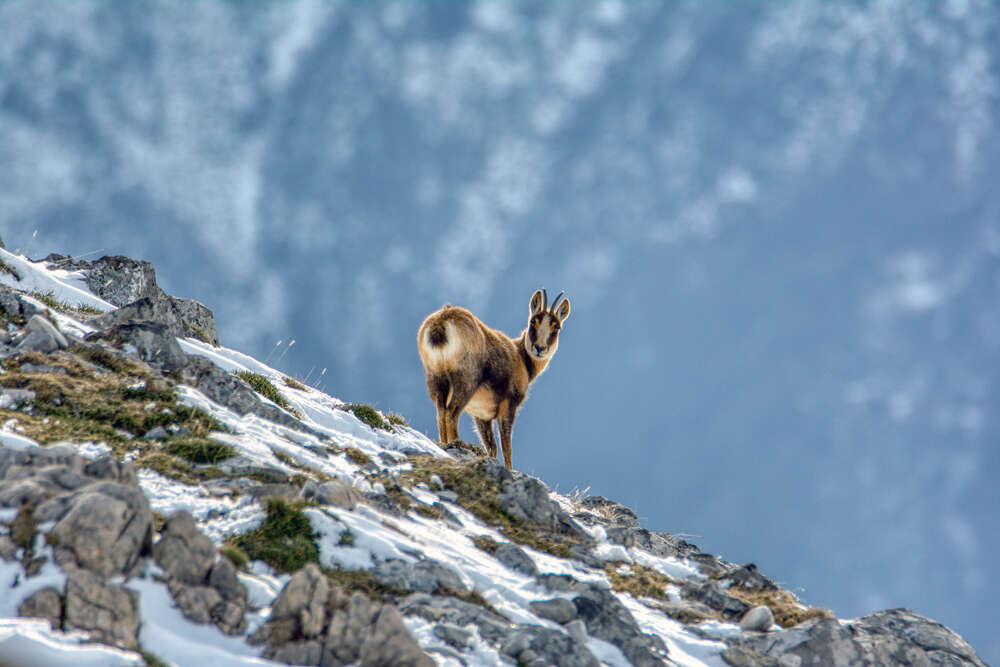
Covered with woodlands and carpeted with meadows, the Cantabrian mountains extend along Spain’s eastern coastline. The mountains are home to Spain’s largest population of wildcats. Bears regularly visit the slopes in search of berries and European bison, Iberian wolves and Cantabrian chamois can all be spotted, too.
Meanwhile in the sky above peregrine falcons and golden eagles can be seen hovering above the mountains. Alternatively, a trip to the coast offers travelers the chance to watch whales in the Atlantic.
The Funete De cable car whisks travelers over a near mile-deep vertical drop to enjoy the sensational views from the Picos de Europa’s Maxizo Central or head to Altamira, Cuevas de Covalanas y Cullavera or Cuevas de Monte Castillo to view some of the most ancient cave art in the world.
Sierra de la Culebra
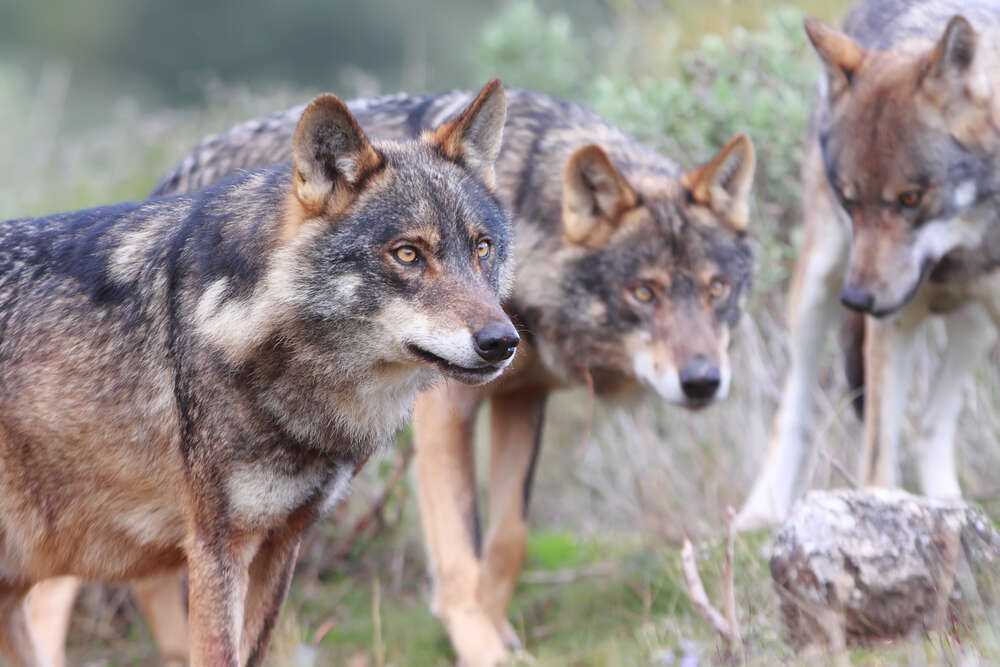
Once the tripoint between three ancient kingdoms and renowned for its wolves, Sierra de la Culebra is situated on the northwestern corner of the Spanish-Portuguese boarder. The most important Spanish area for wolf-watching, griffon vultures are drawn in by the wolves’ presence and the region is full of roe deer, red deer and wild boar.
Adventurous visitors can follow the tracks of wolves by mountain bike (opt for electric bikes to make the journey a little less strenuous) along a 124-mile trail passing through untouched landscapes and picturesque villages beginning and ending in the castle crowned Puebla de Sanabria.
[See also: The Best Scuba Diving Spots in Spain]
The Strait of Gibraltar
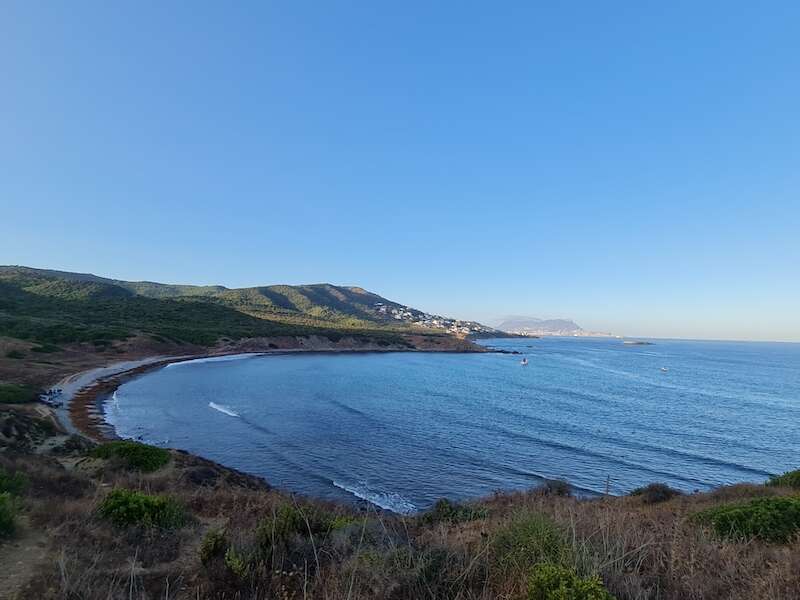
At the southernmost point of the Iberian Peninsular, the thirty-six-mile Strait of Gibraltar is the gateway between the Mediterranean and Atlantic and is known as one of the best wildlife-spotting destinations in Spain. Blue-white dolphin, common dolphin, bottlenose dolphin, pilot whales, a resident pod of around thirty-six orcas, sperm whales and fin whales all ply the waters of Gibraltar, while hundreds upon thousands of seabirds flock the cliffs on their yearly migrations joining the native razorbills and Atlantic puffins.
[See also: The Best Spots in Spain to Soak Up Some Winter Sun]
